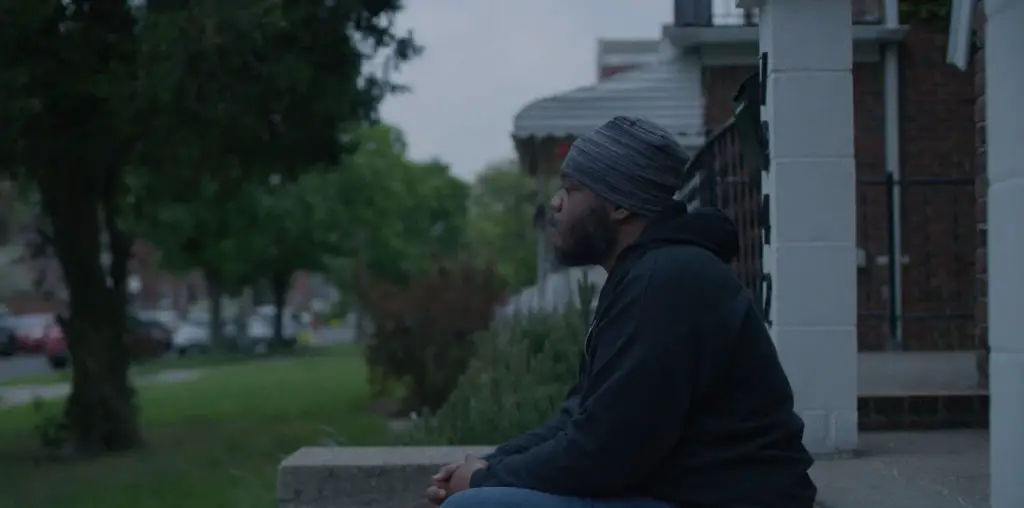
How does a man go from a kid whose own mother penalized him monetarily for being too effeminate to being one of the more notable counterculture icons of all time? Stephen Silha and Eric Slade’s Big Joy: The Adventures of James Broughton captures the life of poet and filmmaker James Broughton through his work, offering a love letter to a man who worked through his expressions of joy publically. Broughton encouraged people to “follow their weird” and his story tracks remarkably the hotbeds of human expression through half of the twentieth century. From Broughton’s first discovery of his voice in a post-WWII society exploding with creativity to his revelation of the importance of true love and sexual freedom late in life, Big Joy is a film that not only makes the case of its subject’s talent but, even more importantly, is itself an expression of joy that James Broughton would love.
James Broughton wanted to express himself through dance after the explosion of cultural creativity after World War II but he couldn’t quite find the rhythm and so he used the power of words to express his passions. And they were plenty. He helped lay the foundation for the Beat Generation’s emergence in the ‘60s and Big Joy serves as a helpful reminder that there were people working on the fringe before Ferlinghetti published Howl by Allan Ginsberg.
It was still dangerous to be gay in the ‘50s, pre-Beat and pre-the expression that we’ve all come to associate with that city’s creative movement. Broughton wasn’t out, dealing with the repression given him by his mother and society. He even fell into a relationship with Pauline Kael, before she would become one of the most important film critics of all time, having a child with Kael. It’s not that Broughton was fully closeted, he was just beginning to express himself in countless ways, using his art to combat the repression of his upbringing and his culture.
After Broughton travelled to Europe with his love, he felt more comfortable with his personality and his ability, even winning an award at Cannes, presented to him by his icon, Cocteau. He came back to a San Francisco bursting with life as the San Francisco Renaissance and the Beat Generation merged into one. It’s here where Big Joy becomes an interesting portrait of not just the development of an artist but an entire art movement.
As Broughton was becoming more experimental and expressive, so was the world around him. The fact that he didn’t really find romantic passion until the 1970s and a notable degree of inner peace until the ‘80s also coincides with a city, San Francisco, that serves as such a symbol of art’s power to impact an entire society. And the filmmakers make the case that Broughton became a leading voice of gay liberation not through politics but through expression of his joy.
The most effective elements of Big Joy: The Adventures of James Broughton dovetail with its subject’s creativity and constant reinvention from poet to husband to filmmaker to lover to gay icon and back around again. Animated backgrounds with Broughton’s words spread upon them, footage from Broughton’s best films, even friends reading his poetry – these are the kind of elements in which the viewer can feel Broughton himself coming through his biography instead of just hearing people talk about their notable friend (he passed in 1999).
There are a few times when Big Joy feels somewhat stretched to meet a feature-film running time, and that the subject might have been better served in a short film or TV special length, but I’ll admit to being relatively unfamiliar with the work of James Broughton and consider myself a fan now that I’ve seen the film about him. What more could you ask of a bio-doc?
